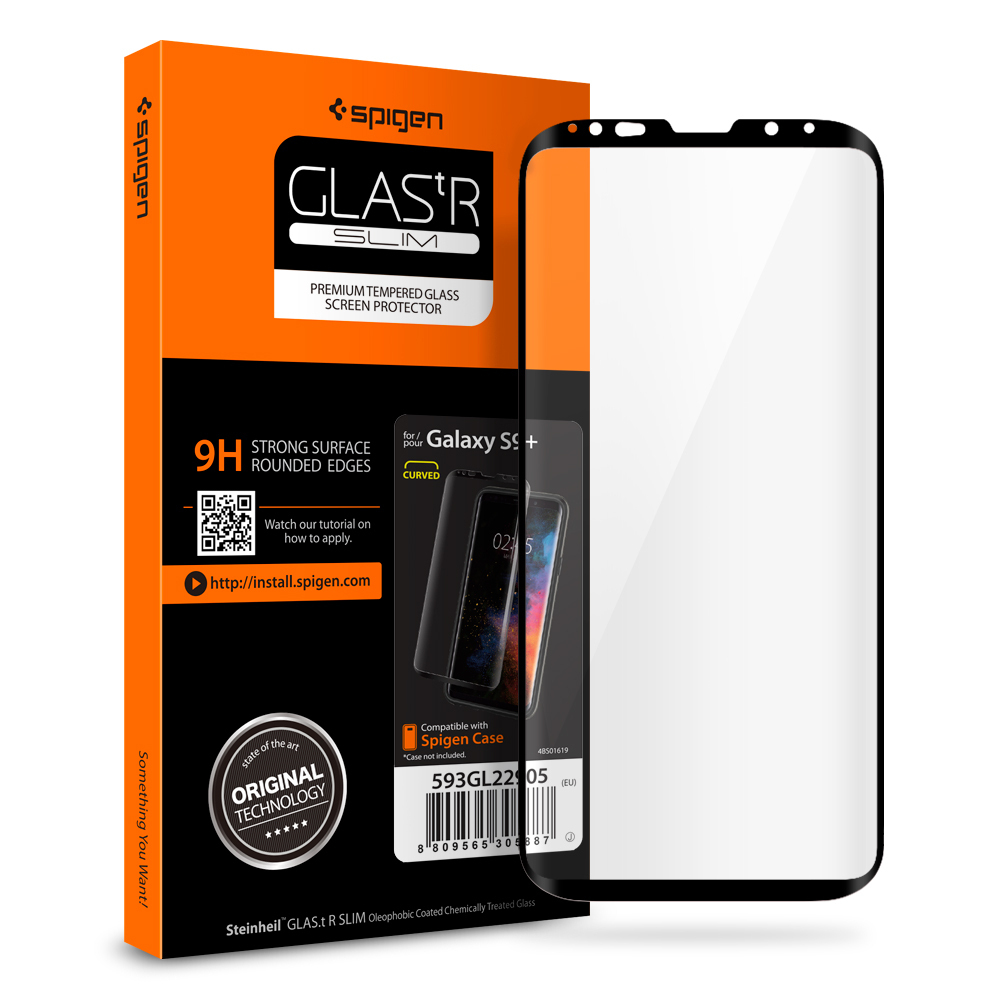

When the employee clicks the Payroll portlet, the system looks for the login credentials in the payroll credential vault (Web App). The employee wants to change their payroll deduction and the payroll system exists on a remote SAP application. This page contains portlets to services such as payroll, stock options, and career development. Suppose an employee logs into a Human Resources portal page with their WebLogic authenticated user name and password. The following example provides more details: If no credentials are found, you can use the APIs to present a login to the user.
TR PASSWORDS PLUS CODE
When accessing the credential vault, the code associated with a portlet traverses the credential vaults until it finds an entry for the user. For example, if both an EAR scope and WAR scope have a credential vault named foo, the credential vault in WAR scope is used because foo in WAR scope shadows the foo within the EAR scope.ĭescription of "Figure 5-3 Credential Vaults" From an outer scope, all the names are visible to any of its containing scope. In different scopes you can shadow the name. Within the same scope, the names must be unique. Scoping allows you to shadow the names of the credential vaults within the Java EE application. Web Application-web application-scoped credential entries are not visible to different web applications within the same enterprise application.Įnterprise application-enterprise application-scoped credential entries are not visible to a different enterprise application in the same domain.ĭomain-domain-scoped credential entries are global entries, which are visible to all applications within the domain. You can specify the scope of the three types of credential vaults entry across web applications, enterprise applications, and within a domain: Section 5.1.2, "User + Resource Credential Vault" The three types of credential vaults are as follows: In addition to the APIs, the Credential Vault provides a GUI in the WebLogic Portal Administration Console, where a portal administrator can create a system credential vault. The Credential Vault does not provide the mechanism to pass the credentials to the remote system.
TR PASSWORDS PLUS PASSWORD
The user name and password are encrypted, while the metadata (name value pairs of String type) are stored in plain text.


TR PASSWORDS PLUS PLUS
With these APIs, a developer can build secure repositories that store user names and passwords, plus optional metadata required by the resource, such as a URL. The Credential Vault provides APIs that allow portlets to store and access user credentials and use those credentials to log into remote applications on behalf of the user. Additionally, JCA cannot be used because JCA adapters do not fit into the portlet scope.

Although it is possible to encrypt properties using WebLogic Server encryption methods, they are complex, limited, and required custom programming. However, user profile properties are not encrypted and not a safe place for storing credentials. In previous releases of WebLogic Portal, you could implement functionality similar to the Credential Vault by storing credentials in user profiles.


 0 kommentar(er)
0 kommentar(er)
